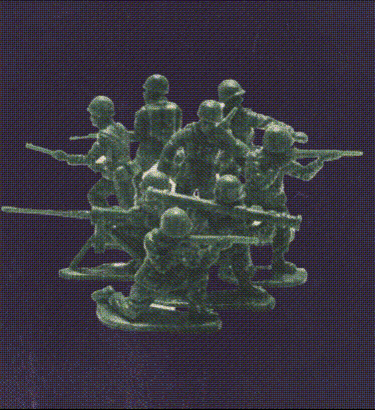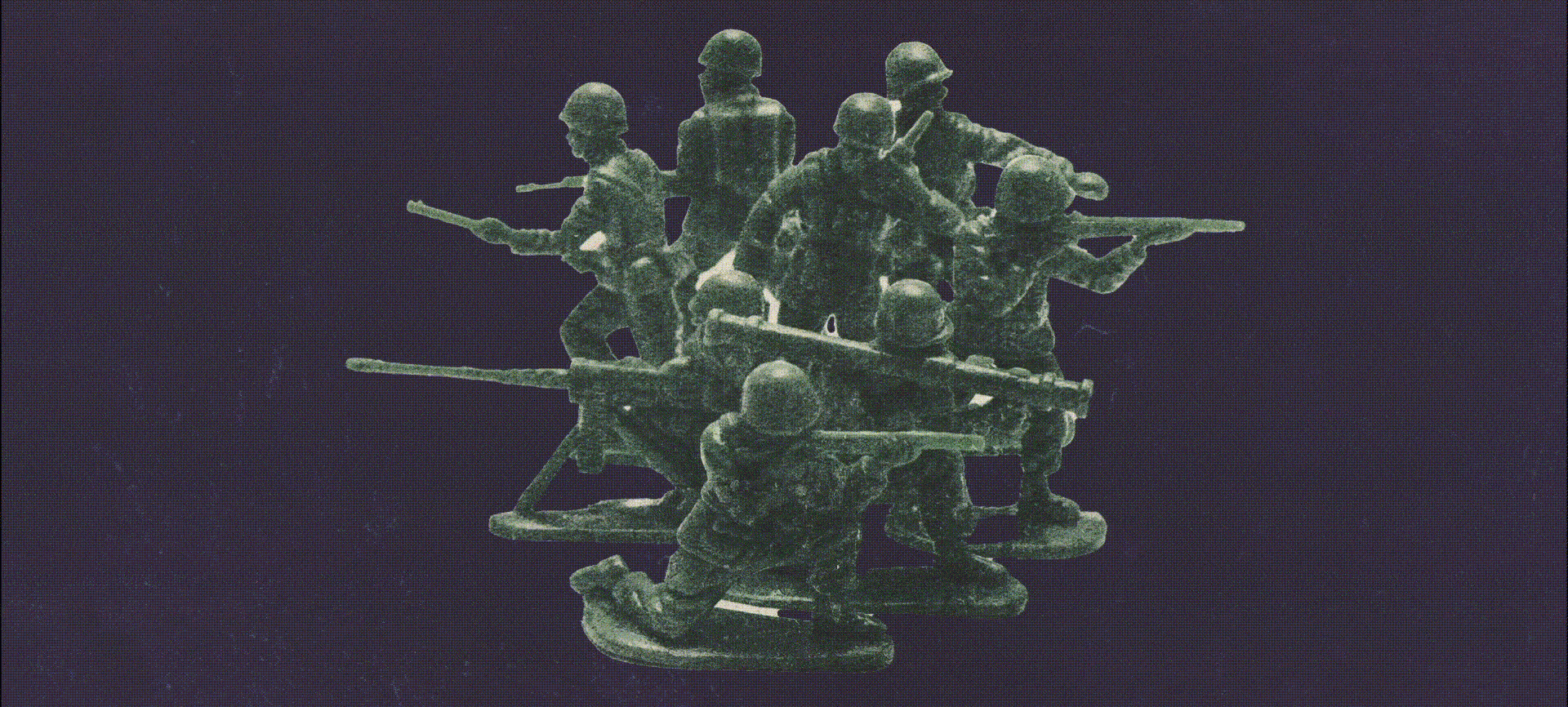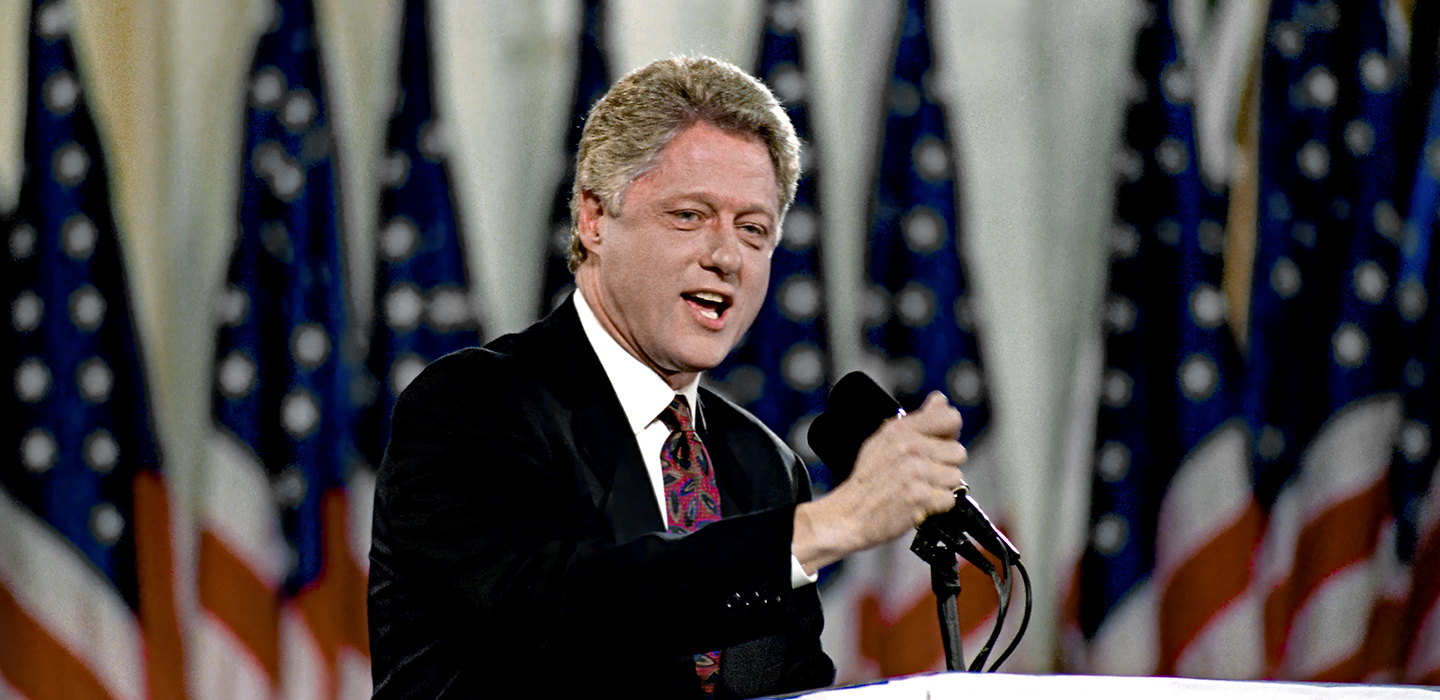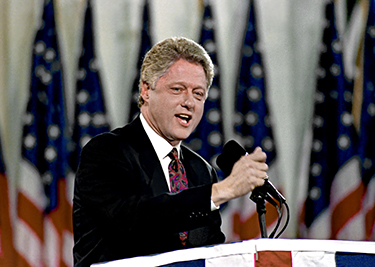Welcome to a collection of Giddy articles on LGBTQIA+ history. Each week we'll talk about a different part of the community's past, present and possible future. This week, a look at the cost queer soldiers have paid for their service.


The Lavender Scare, or the Second Red Scare, rewarded thousands of troops—both women and men—returning home from World War II with a harsh sentence: the infamous blue ticket, or blue discharge. This category of discharge revoked all G.I. benefits and followed its recipients throughout their lives, and prevented most future employment.
So, what was the purported crime so heinous as to doom these veterans? On paper, it was "communism as a threat to American capitalism." Allegedly.
Their real crime? Being suspected of being homosexual.
"The link made between communists and homosexuals was that if you were a homosexual, since it was illegal, you were subject to espionage," said Esther Newton, an LGBTQIA+ anthropologist. "In other words, Russians could come after you and say, 'I'm going to leak out that you're a homosexual unless you give me atomic secrets.'"
While this association between homosexuality and communism was mostly false, it wasn't without internal logic. Sodomy laws—legislation making same-sex relationships a crime—were ubiquitous across the then 48 American states. This meant that during peacetime, being an out homosexual was a reason for military deferment, known as a 4F ticket. The 4F certainly wasn't commendable, but it didn't carry the same stigma as a blue ticket.
"Think of it like college," said Michael Bronski, a Harvard professor in the practice of media and activism, to differentiate the two. "There's a difference between not getting accepted and being expelled—and then being expelled for massive plagiarizing and taking money from the bursar's office."
If the fear of Soviet exploitation was unfounded, what was actually driving the United States to take such drastic measures against people it deemed queer? Bronski said the blue ticket was a result of a deeper subtext of the Red Scare.
"In 1950s America, communism essentially meant Stalinist—against the family," Bronski said.
"One main anti-communist propaganda [was that] the communists made people send their children to daycare. That was the breaking of the familial unit, breaking down of gender roles. The image of the Soviet woman on the tractor and the short hair struck at the heart of the heterosexual matrix of how society was organized. Communists were infiltrating the government to bring down democracy the way homosexuals were infiltrating culture."
The factors contributing to the blue ticket wave don't end there: Consider the changes occurring during World War II in America. The human toll that made victory possible left a vacuum in America's workforce. Women in the workplace and rights for marginalized communities leapt ahead because able bodies were needed.
Many historians see the conservatism of the 1950s as whiplash against the feminist blip. Not only did the image of the Soviet female farmer read as "butch," but she was also stealing a job many felt a man deserved.
Then, there was the issue of labor discrepancies in traditional work sectors and in the military itself.
"At the end of the Second World War, [the military] foresaw they wouldn't need all these people. It was downsizing the military. So that's when it really started," Newton said.
The U.S. military needed to drastically pare down how many people they employed, and fears of a rising queer population aligned with the Soviet Union—in fact or belief—meant the ensuing Lavender Scare was the easiest way to accomplish the mission. If you were in the armed forces at the end of the war and you were suspected of being homosexual, getting a blue ticket was like getting laid off with a stigma that ostracized you for the rest of your life.
Of course, soon after the post–World War II Lavender Scare, the nation needed soldiers for a conflict in Korea. Lesbian historian Lillian Faderman detailed how the U.S. walked back its stance, a process she said has happened repeatedly.
"People who said they were homosexual were forced to be examined by psychiatrists because the psychiatrist was supposed to say, yes, this is a genuine homosexual, not a malingerer, because there was a policy during World War II that you couldn't serve in the military if you were homosexual," Faderman said. "But it wasn't enforced. The military didn't want to believe people. After the war, there was, again, a homosexual witch hunt, and homosexuals in the military really were booted out until the Korean War in 1950. And for three years, from '50 to '53, during the Korean War, there was a pause in getting rid of homosexuals in the military. That happened every time homosexuals were needed, just like when any American was needed to come to America's defense."


Gayness was only a punishable offense when the institution could afford it to be. Amid a rising military presence in the Middle East, then-president Bill Clinton passed Don't Ask, Don't Tell (DADT), a 1994 bipartisan compromise, which allowed gay service members to continue to serve, so long as they hid their sexuality completely. The act persisted for 17 years, until being repealed in 2011. Now, LGBTQIA+ people cannot be denied enlistment or benefits on the basis of their sexuality.
But the specter of the blue ticket continues to metamorphize.
If the Lavender Scare feels like history to you, consider the prejudice behind then-president Donald Trump's 2019 ban on trans military members. That ban was repealed early in the Biden administration's term, but the fate of LGBTQIA+ people in the military remains precarious.
Return next week for an examination of how LGBTQIA+ public figures have changed over time.









